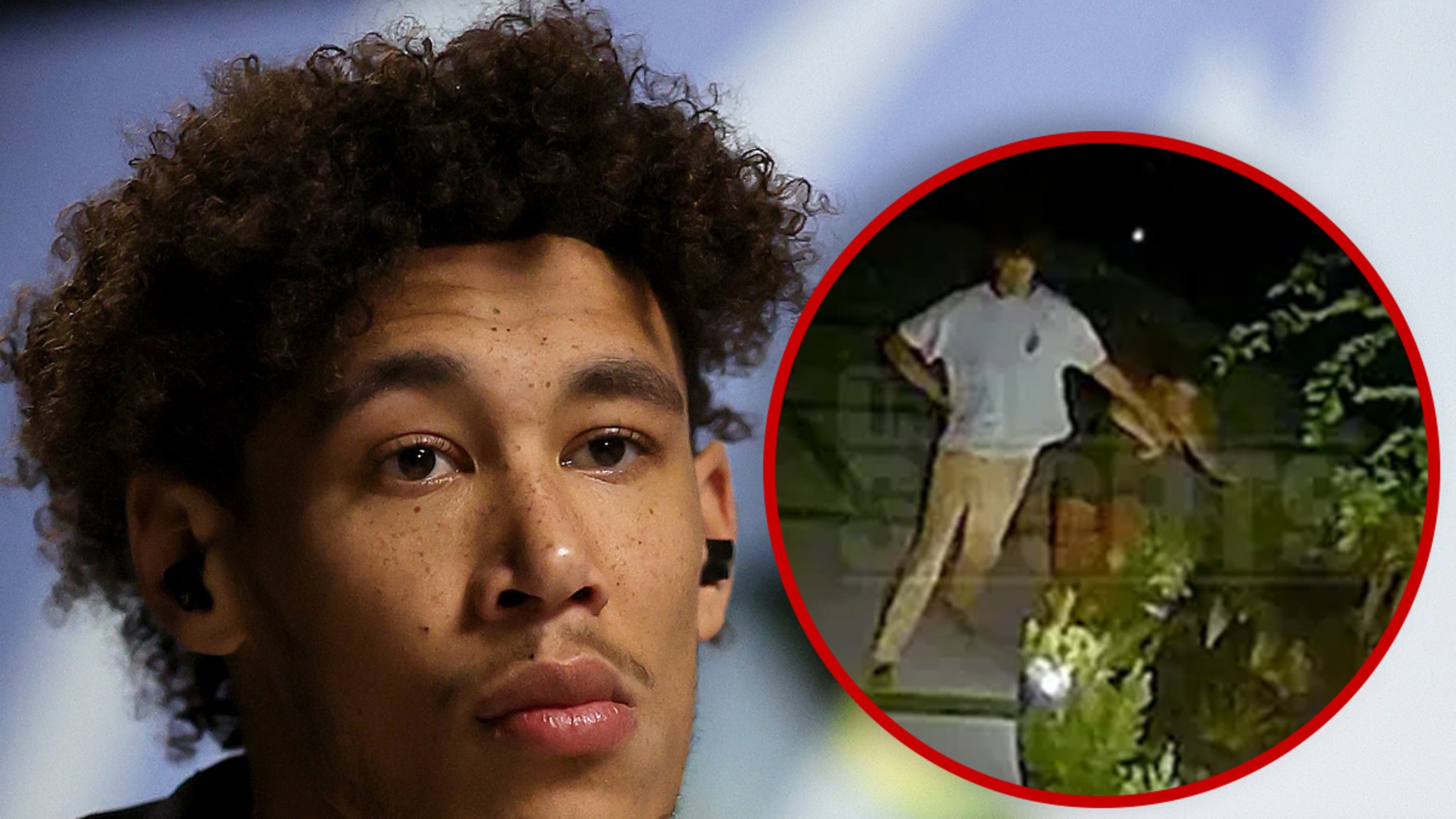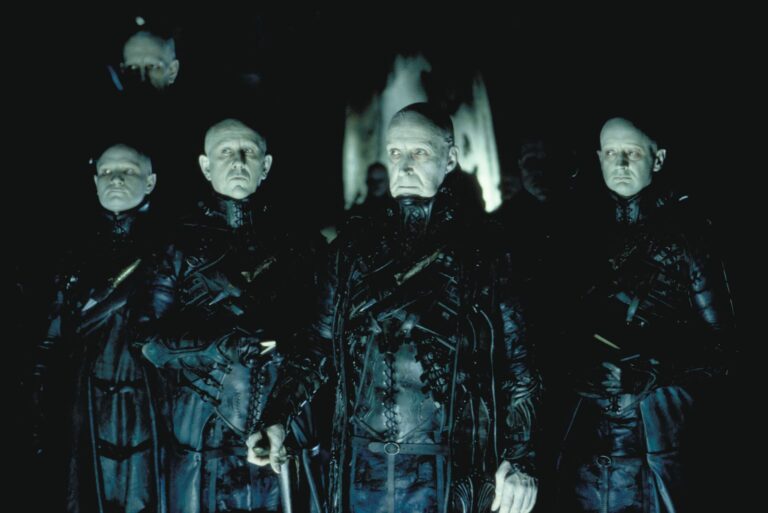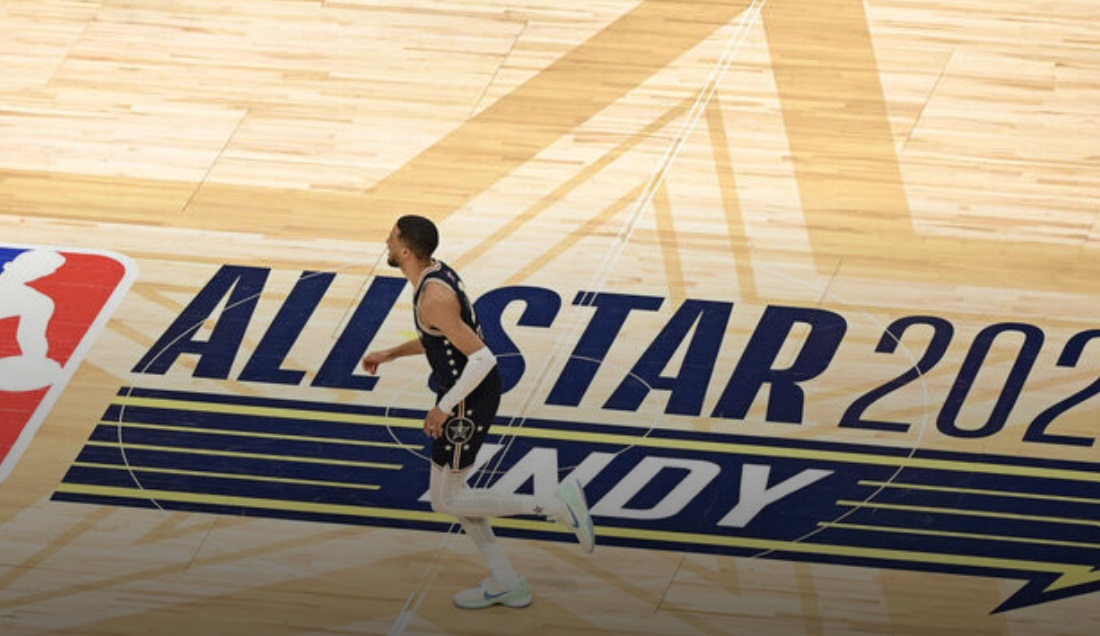“No Time to Die” is entertaining throughout its record runtime. It’s also a Bond film unlike any other. Just like the mostly quiet Michael Corleone suddenly became rather over-talkative in “The Godfather, Part III,” the same happens here with Daniel Craig’s 007. He even utters the kind of lines that Bond has never really dealt much in the past, such as “I miss you” and a long heartfelt speech to Madeleine that concludes with “I love you.” Additionally, we get a very comedic byplay between Q and Bond, and there are elements in the Quartermaster’s life such as the hysterical music playing in his apartment, or his bald cats that feel like something from the Roger Moore days.
Even though the villain’s plan in “No Time to Die” is fairly hideous, the tone of this film is much more playful than in any of the other Craig Bond films. This has been a key issue during the franchise’s history. There have even been entries with practically identical plots such as “The Man with the Golden Gun” and “Skyfall” but their moods and tones have yielded wildly different results. Just compare the Spectre meetings from the prior film and that from “No Time to Die.” The first one is deadly serious to the point where you literally can hear a pin drop; the second at times feels like a bar fight in your typical Western. One of the unexpected effects from the constant change of directors in the Daniel Craig era has been some wildly different results in key areas of their production. “Spectre” looks as if cinematographer Hoyte van Hoytema used a film stock that expired long ago while most every shot in “No Time to Die” by Linus Sandgren seems like the antithesis of the former, as if taken during a perfect sunset. And while director Cary Joji Fukunaga tends to keep a light touch, he makes sure to play to Craig’s strengths, giving him several ruthless moments such as when he avenges a friend in another scene inspired by “For Your Eyes Only” (“he had no head for heights”). But, his film is overall not quite as gritty as the other Craig Bond entries.
The Bond movies have also tried to become more ambitious with every entry. Ever since the reveals of M and Moneypenny in “Skyfall” turned out to be so effective, the producers seem to feel including a big revelation is necessary in every picture. In the case of “Spectre,” the disclosure of the Christoph Waltz as Blofeld was mostly a non-event. In “No Time to Die” we get an overly sentimental sequence that reminds me of Bruce Willis and Liv Tyler at the end of “Armageddon” and the typical presence of a child conceived the night before a couple is split by destiny, and which the father doesn’t immediately realize is his when they inevitably meet. This is clearly the weakest part of the movie, which is a shame considering that each and every Daniel Craig entry had a much simpler but brilliant conclusion. Additionally, the producers seem to have realized that the best and more transcendent Bond films have been the ones where an important character dies at the end. In the (not very accurately) titled “No Time to Die,” the series loses three characters that have been a part of the backbone of the series, but none of their deaths were quite as affecting as those of Vesper or Judi Dench’s M in prior films. All of this material is primarily what gives the movie its record time and I found it mostly unnecessary.
You can view the original article HERE.

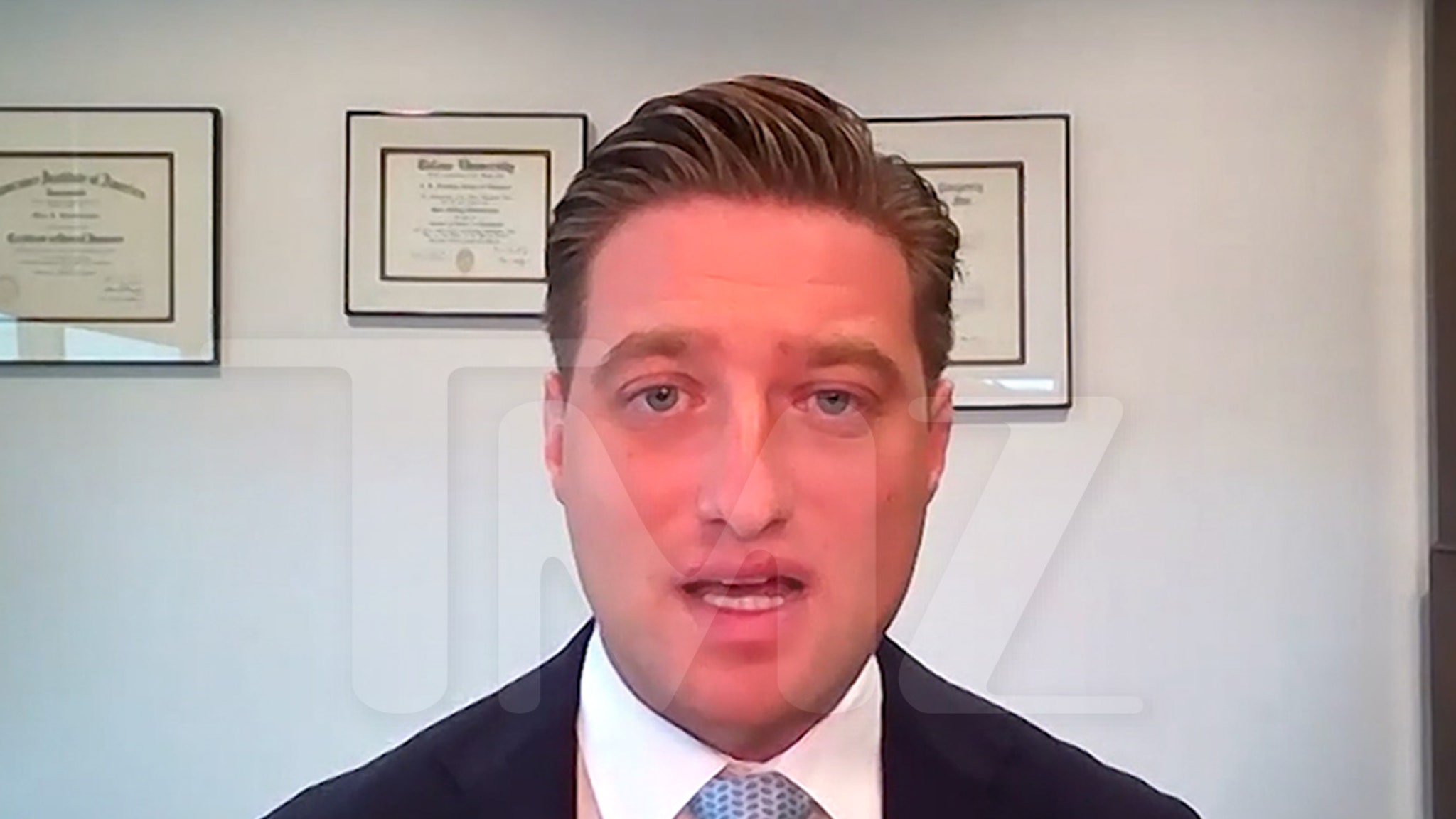
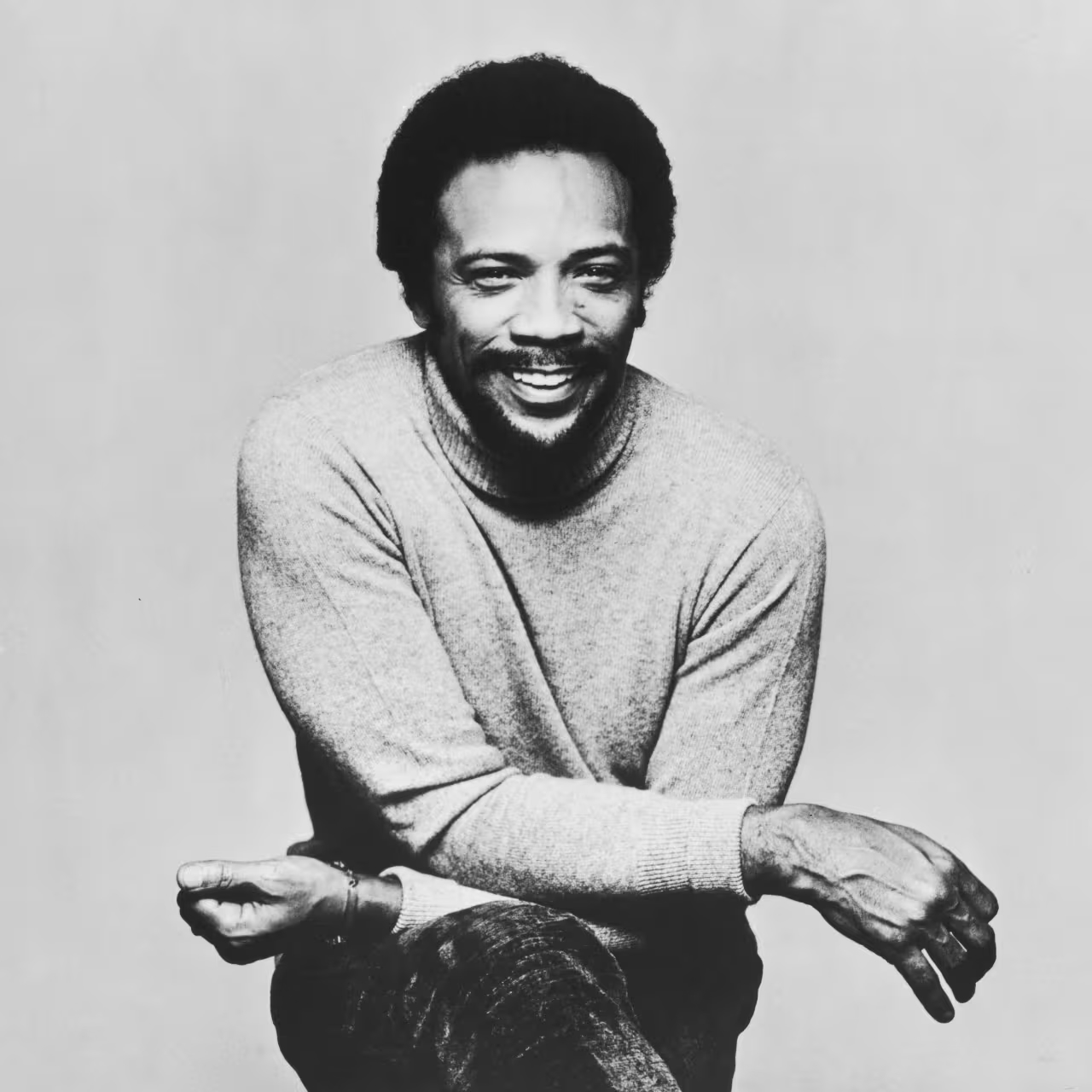
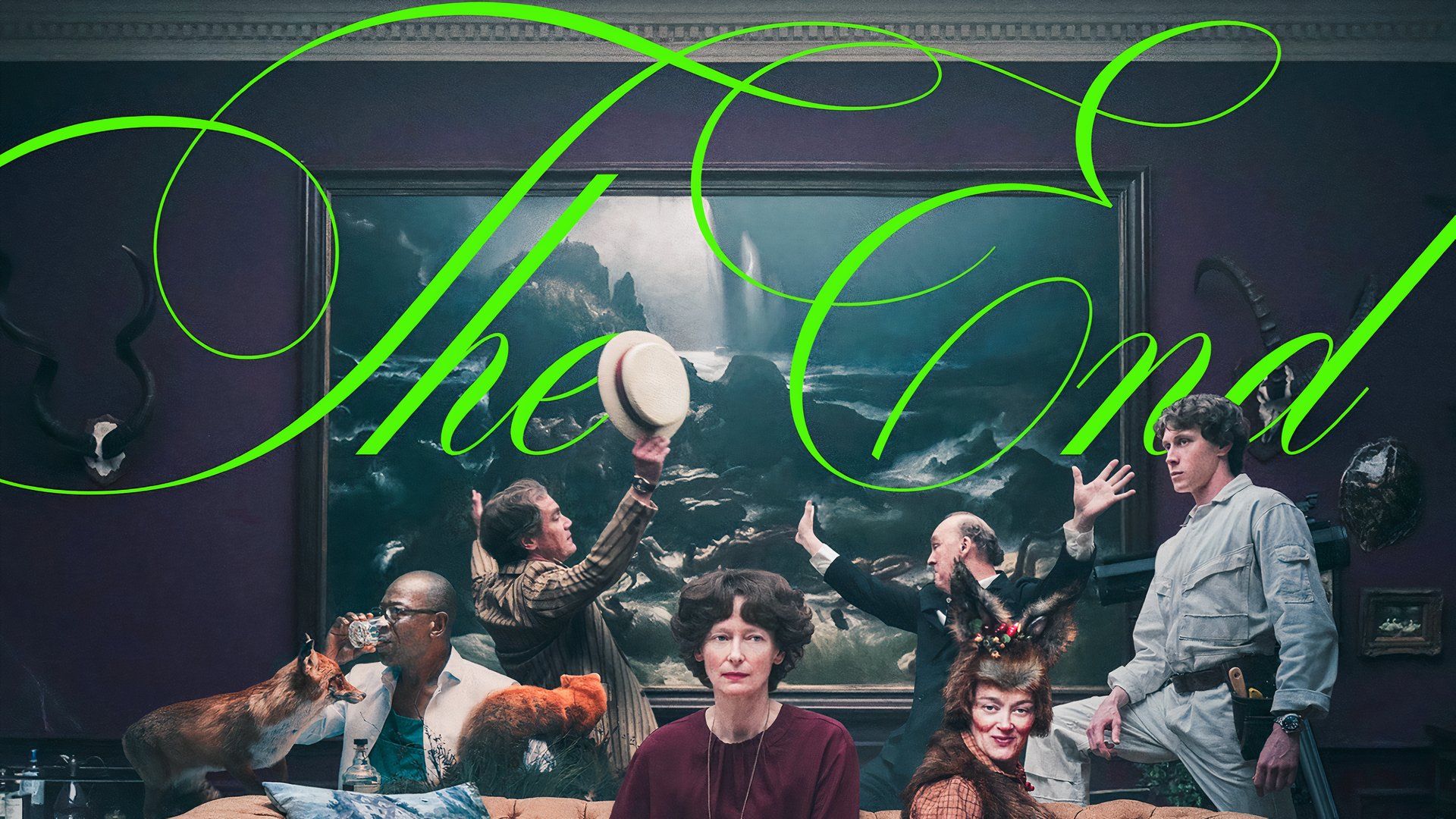


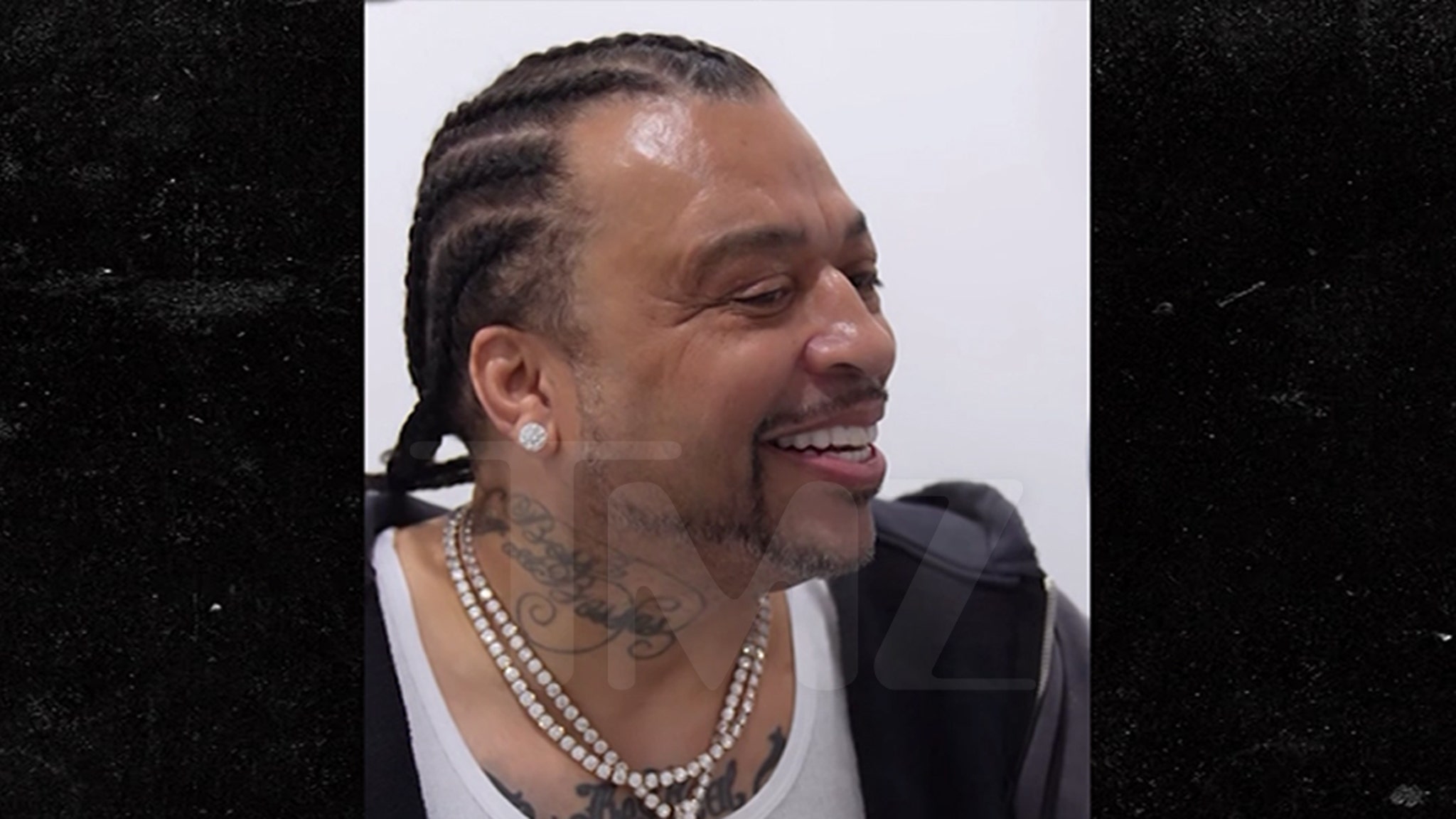
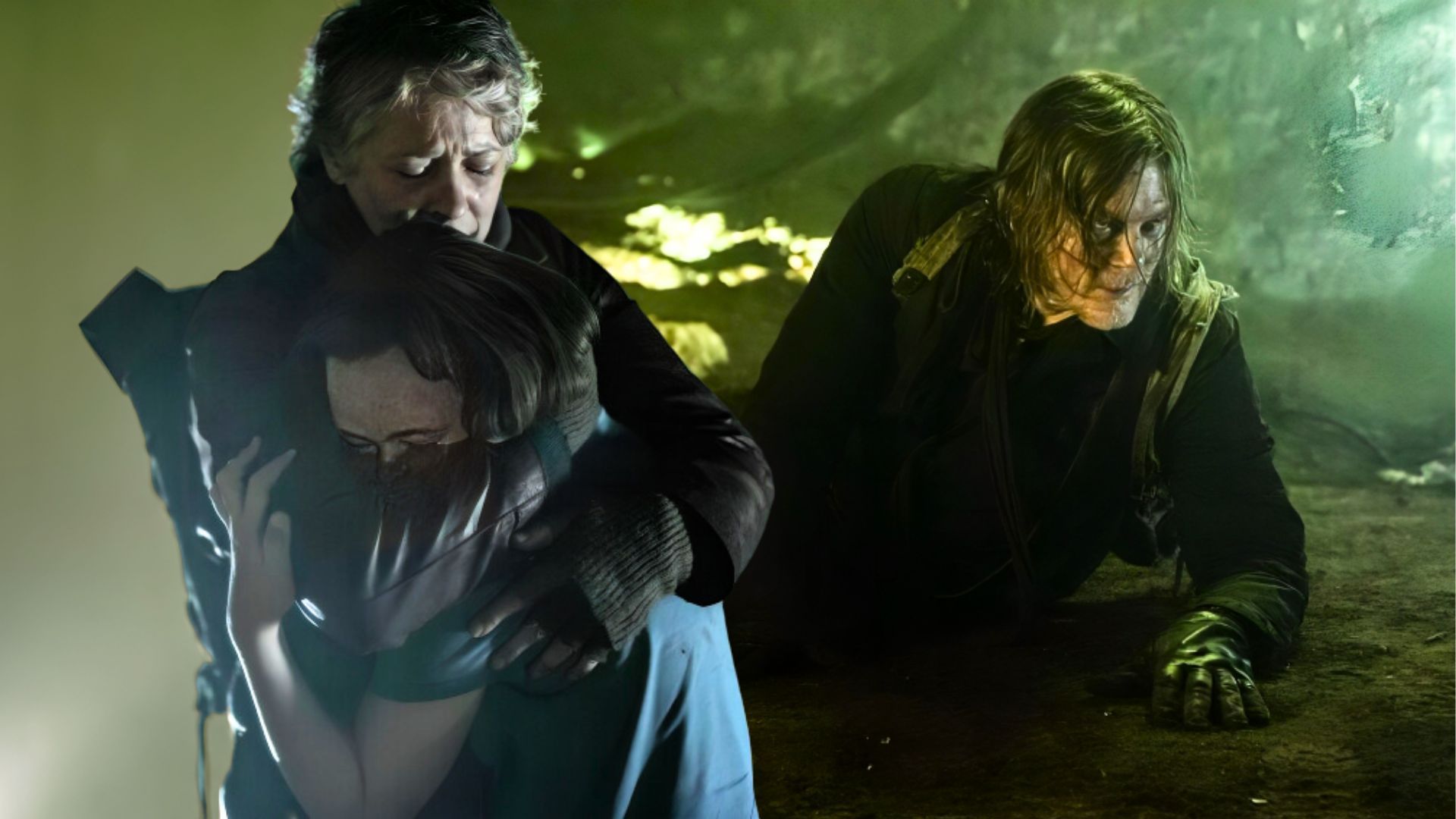


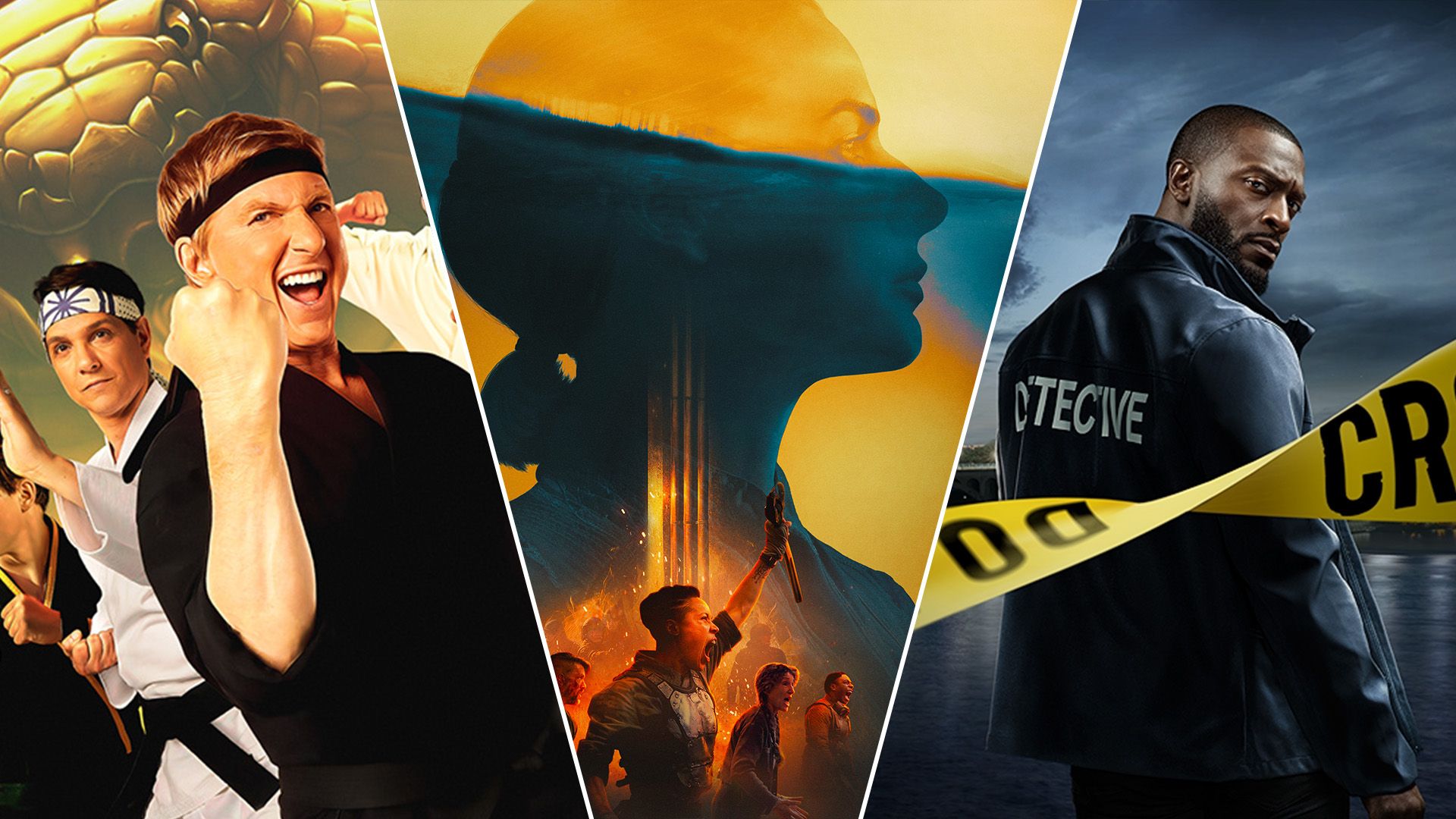



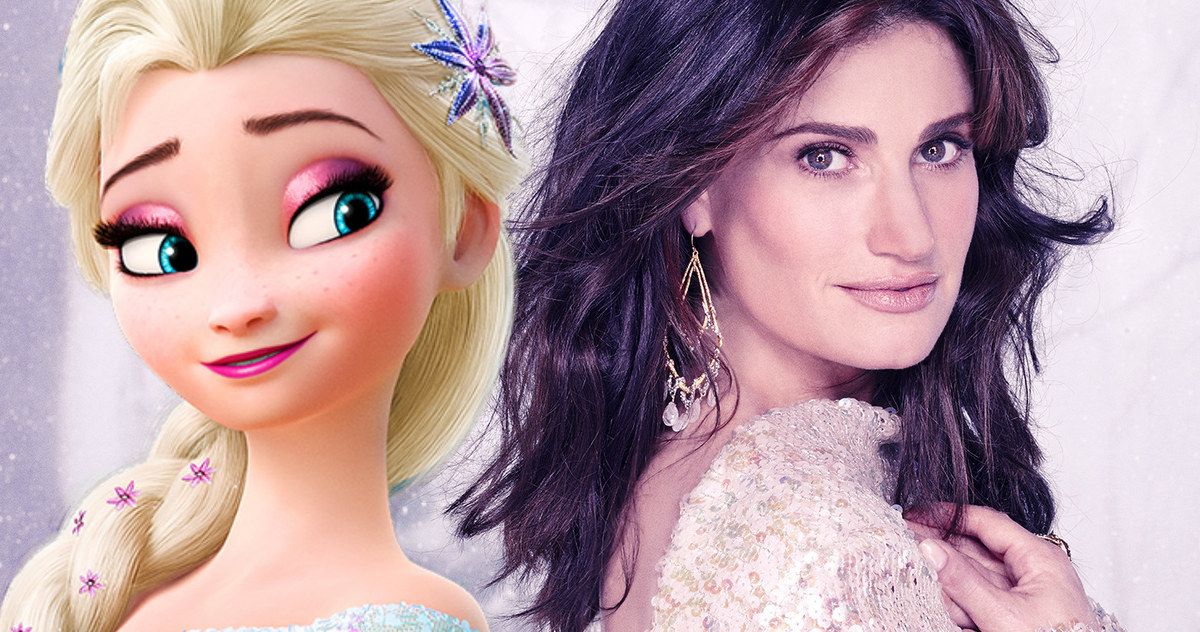

.jpg)

